The Lenkorana-port city in the very south of Azerbaijan is known for beaches with black sand on the shores of the Caspian Sea, ancient architectural monuments, pleasant subtropical climate and picturesque surroundings, where tea and fruit plantations, reserves and hot springs are located. The guide gathered gathered the reasons to visit this southern city and Lenkoransky district.
How to get
First, fly to Baku, the capital of Azerbaijan, a direct flight from Moscow, St. Petersburg, Yekaterinburg, mineral waters and other cities of Russia. And then transfer to a straight bus from Baku to Lenkoran, the road on it will take about 4 hours, the ticket costs 8.8 manat (530 rubles*).
Where to stop
- In the four -star hotel Khan Lankaran Hotel (rating 8.9 out of 10) – from 4,400 rubles* per night.
- In the Starway Hotel Hotel (an estimate of 8.4 out of 10) – from 6,300 rubles* per night.
- In the four -star resort hotel Riva Hill Resort Lankaran (score 9.1 out of 10) – from 9,400 rubles* per night.
- In the five -star Lankaran Springs Wellness Resort (estimate 8.9 out of 10) – from 10,200 rubles* per night.
What to see
Khan Palace
He was built in 1912 for the wife of Khan Mirakhmad. The French architect designed the building, the features of European and Azerbaijani styles mixed in the exterior and interior. The Khan Palace became the first three-story building of Lenkorani, and the white and red brick for its construction was brought from abroad and the sea from Baku.

Now the historical and ethnographic museum of the city has been opened inside the palace, where part of the exhibitions is dedicated to the life of Khan Mirakhmad and its family, and among other exhibits you can see magnificent examples of Azerbaijani carpets and ancient archaeological finds, some of which are dated to the bronze century. In late spring, summer and autumn, it’s nice to walk in the garden around the palace, where centuries -old subtropical trees grow.
Round Tower
Most of the ancient monuments of Lenkorani were destroyed in the XVIII-XIX centuries during the Russian-Persian war. But some of the samples of the architecture of past centuries still preserved, for example, a 20-meter round defensive tower, erected in the second half of the 18th century as part of a large-scale Lenkoran fortress.

For a long time, the tower has not been used for any purpose and is empty, until 1970 a prison was located in it. She became famous for being serving the sentence of a young Joseph Stalin, who was able to escape with the help of associates. He used the underground tunnel, which connected a round tower with the Lenkoran lighthouse and passed under the remains of the city fortress.
Lenkoransky lighthouse
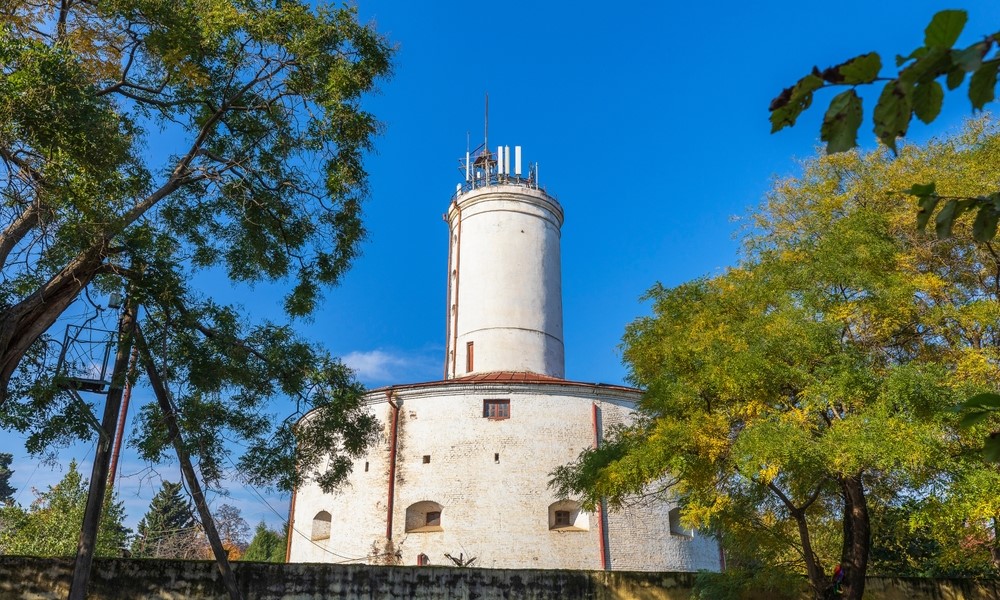
One of the symbols of the city, located in the north-eastern part of Lenkorani. The thirty -meter white lighthouse was built at about the same time with the Lenkoran fortress – in the middle of the 18th century. During this time, the water in the Caspian Sea sank below the previous level, and now the lighthouse moved away from the shore, but still fulfills its direct purpose and gives signals to the courts when navigation in this part of the Caspian coast. You can get inside as part of a review tour, which is conducted by employees of the Lenkoransky lighthouse.
Mosque Kitik-Bazar
The mosque, built at the very beginning of the 20th century, is located in the heart of the historical center of Lenkorani on Malaya Bazarny Square. More than a hundred years ago it was built by local residents from the materials that they managed to find: burned red brick, ceramic tiles and various breeds of local wood. First of all, her 24-meter minaret is striking. The structure was restored according to the old samples, built of burned red brick, and is decorated with white repeating inscriptions in Arabic on the entire surface, which means “Allah”.
Mosque Buyuk-Bazar
Buyuk-Bazar is located in the neighborhood with the Kitchik-Bazar mosque on Malaya Bazarny Square and adjoins the modern city market Lenkorani. It was built in the second half of the XIX century, but in architecture it is largely reminiscent of a kitchik-bazaar. A one -story building made of red burned brick is also decorated with a high minaret with repeating white inscriptions of Allah in Arabic.
Combine a visit to the central mosques with a trip to the city grocery market. It is interesting primarily by its products: here you can buy fresh Lenkoransky black and green tea, nuts, dried fruits, local fruits, Hirkan and Talysh honey, spices, mountains and jam, for example, from rose petals or watermelon crusts.
Black sand beaches
Lenkoran is a popular sea resort in Azerbaijan. Firstly, this is the most southern direction of the country, and secondly-there is a clean and safe for bathing the Caspian Sea. In the vicinity of the city there are several beaches that look especially beautiful on a summer sunny day thanks to black sand. This is the result of the eruption of underwater mud volcanoes, which are located both on land and in the Caspian water area.
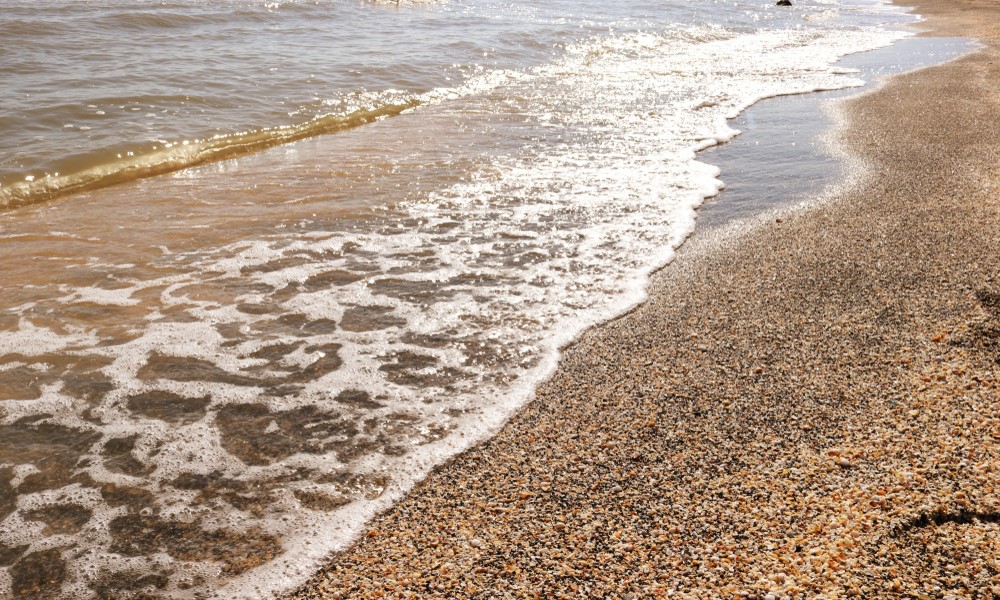
It is believed that rest on Lenkorance beaches is a healthy procedure healthy. The sand contains useful trace elements, which when heated enhances the healing effect. In addition to this, here you can breathe clean sea air and mountain, which enters the coast from the Talysh ridges.
What to do in the vicinity
To visit the shore of Lake Hanbulan
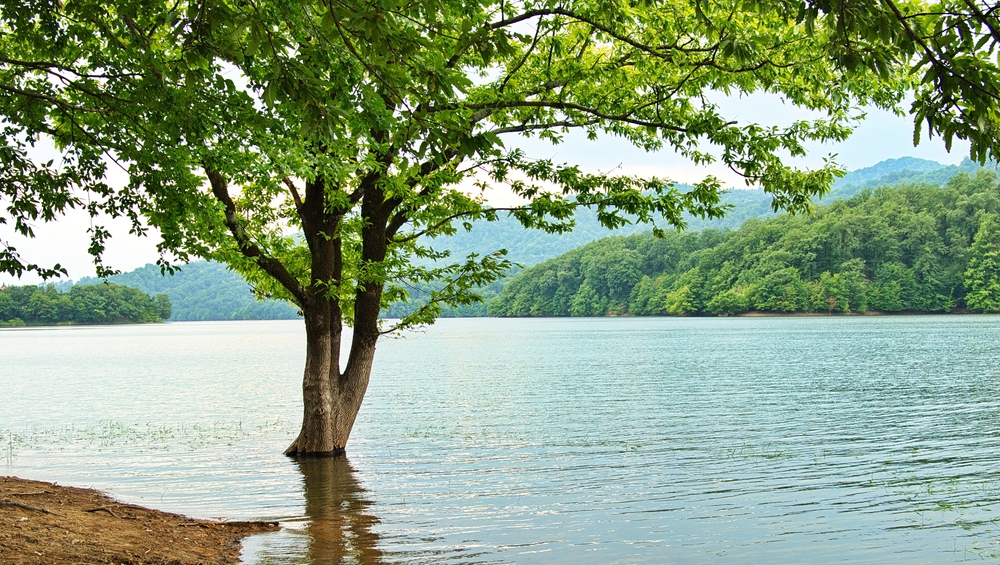
Lake Hanbulan – perhaps the most picturesque in the territory of the Lenkoransky district. It is located at the entrance to the Girkan National Park and is surrounded by low mountains. Around him, tourists love to ride horses and contemplate amazing landscapes. The best time to visit Lake Hanbalun is the second half of autumn, when there is no longer heat, and the trees and wooded slopes of the mountains are covered with multi -colored foliage.
Take a walk around the Hirkan National Park
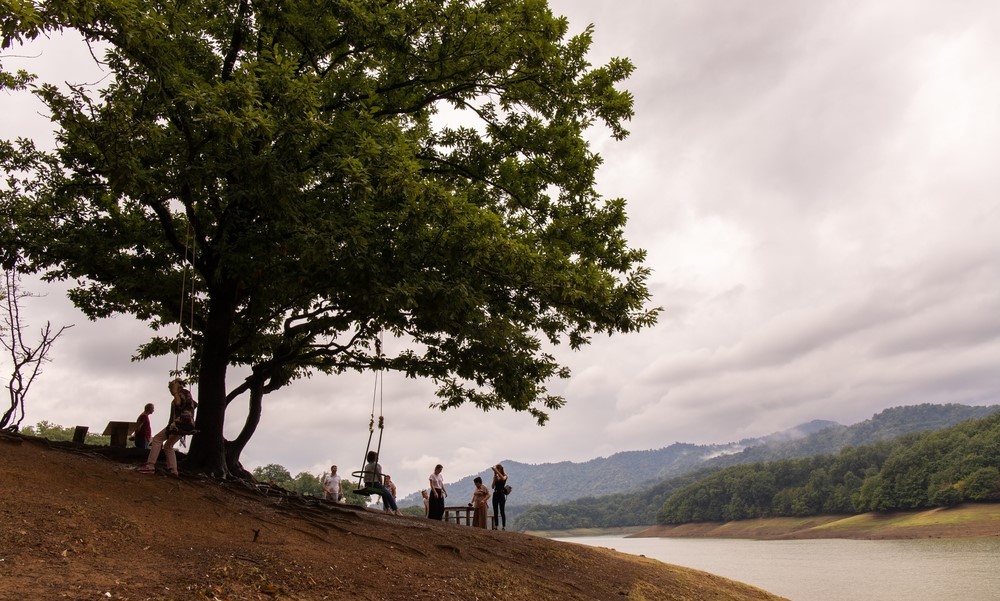
The protected area around Lenkorani and Astara was created to save trees for more than 1,000 years and unique natural complexes of the Talysh mountains. Several pedestrian paths pass through the National Park, as well as research routes for lovers of botany or ecotourism. As part of the walk, you can see, for example, ancient vines, Hirkan figs and hundreds of other plants listed in the Red Book.
The main wealth of the Girkan National Park is the ancient iron trees that survived the ice age, and a small population of the Caucasian leopard, the rare animal located on the verge of disappearance.
Go to tea and citrus plantations
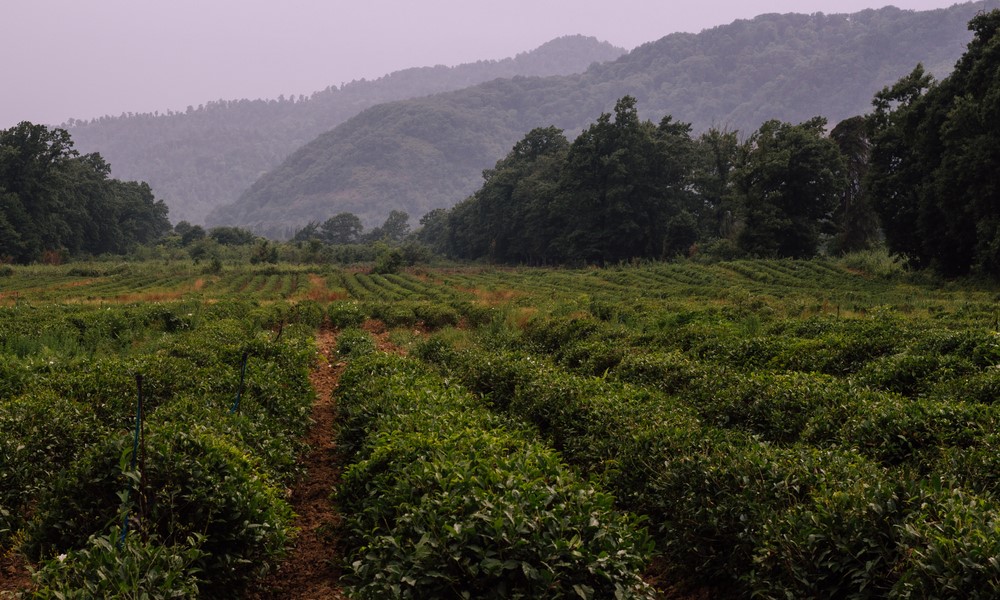
Lenkoransky district is located in the zone of subtropical climate and fertile lands, so around the city you can find picturesque plantations. They grow tea known for all of Azerbaijan, rice, face, lemons, tangerines, oranges, kiwi, grapes and other Mediterranean crops. Thanks to local tea in Lenkorani, at the entrance to the city, one of the most recognizable monuments appeared – a huge golden samovar, under the crane of which is a red armud, a traditional glass of pear -shaped tea.
Local guides and Lenkoransky regional tourism department organize tours with a visit to fruit and tea plantations, photo shoots and tastings. In the fall, usually in early November, a festival of tea, rice and citrus crops takes place in the vicinity of the city. On this occasion, a real holiday is arranged here with master classes, concerts, farm exhibitions, contests and other entertainment for tourists.
Visit thermal springs in the mountains
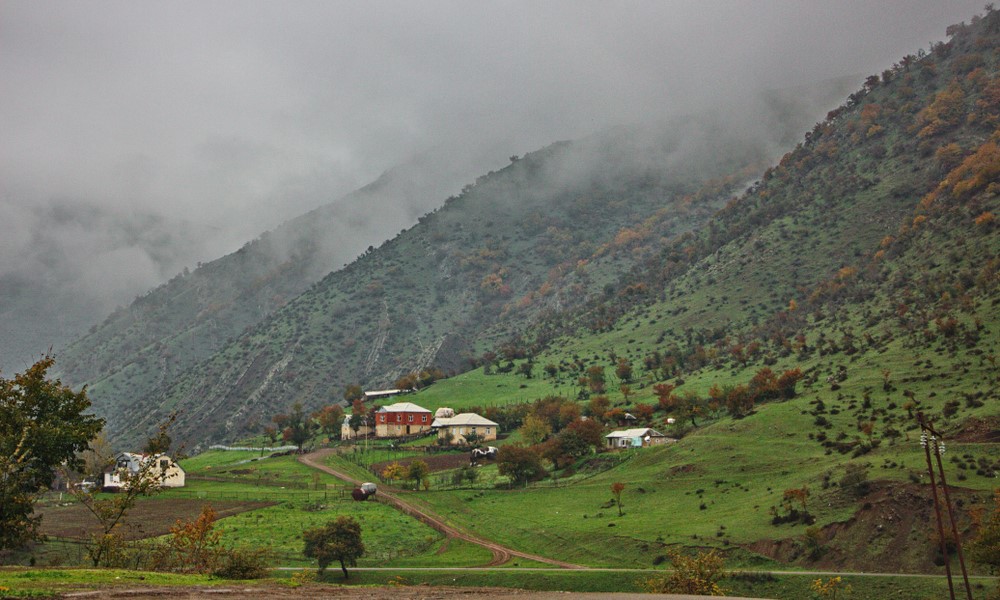
In the Talysh mountains and foothills of the Lenkoransky district there are hot springs, which can be relaxed on which you can rest all year round. There are open and covered pools with thermal water, the temperature of which reaches 45 ° C, and several healing centers with sp-complexes. The most popular among them are the Sanatorium “to Masalls”, “Lenkorans Springs Wellneus Rezort” in Haftoni and the “Girkan Termal Center for Recreation” in Astara.
The water from Lenkorance thermal sources, enriched with hydrogen sulfide, is equated with the famous Matsestin water from Sochi in composition and useful properties. Hot mineral baths are shown, for example, with skin and rheumatological diseases and to improve blood supply.
Arrange a hips in the Gyzylagja National Park
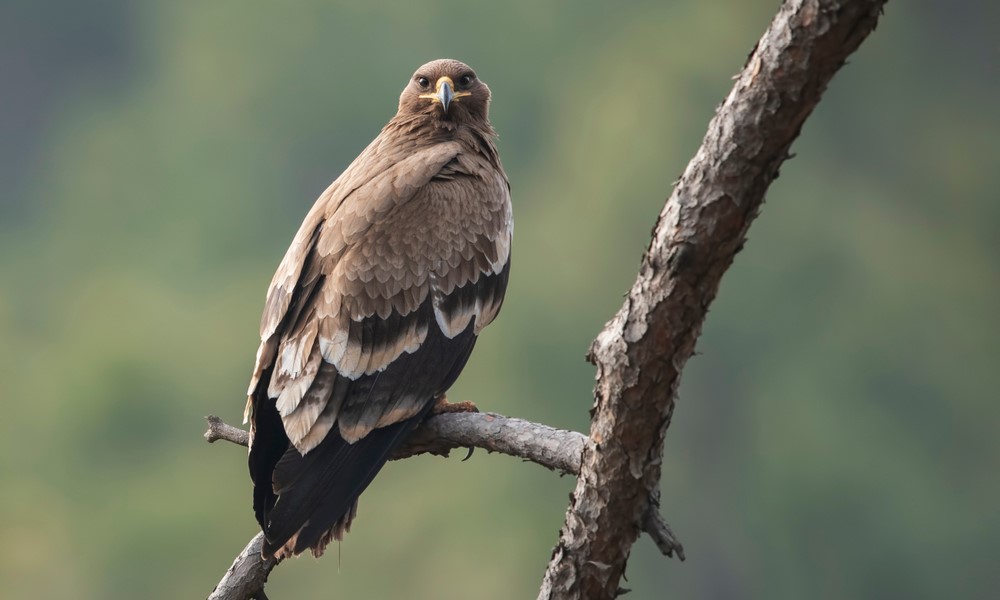
One of the oldest reserves of Azerbaijan, and now the Gyzylagaja National Park is the best place on the shore of the Caspian to monitoring of birds, or hips. From November to March, here you can see birds who fly to wintering from Central Asia and Eastern Europe, and on hot summer days – hundreds of species of rare birds living in shallow water in lagons. Among the inhabitants of the park, for example, a steppe eagle, a curly pelican, small cormorant, pink flamingo, eagle-white-tailed and waders.
The best time for observation is April, May and October, when the most bird representatives are collected in the National Park. You can see entire families on the peninsula and in the lagoon, where vast and wild territories. Along the way, you can evaluate how local landscapes are changing: from swampy areas to reed thickets, sandy beaches and picturesque lagunes.
What to try

- Lyaviangs are the main dish of Lenkorani. It is prepared from chicken or fish, walnuts, plum paste, fried onions and acidic pastille are added to the filling. Then Lyavangi send to be fried on coals in tendir – a traditional clay fried, where, inter alia, they bake delicious bread.
- Fisinjan – pilaf with duck, rice, walnuts, onions and narshabm, Azerbaijani pomegranate sauce.
- Kyuku from eggplant is an unusual omelet, which is served for breakfast in the form of rhombics. A mixture for frying an omelet in a pan is prepared from eggplant, eggs, onions, cilantro, dill and crushed walnuts.
- Borani – pilaf with smoked fish, ghee and pumpkin, in which sweet with salty is ideally combined.
- Turshu-Kobab is a meat dish of lamb or beef, complemented by eggplant, herbs, garlic and onions, as well as lemon juice.
You can try all the variety of Lenkoranda dishes in restaurants at the hotels Khazar Palace Hotel and Khan Lankaran Hotel.
*Prices are relevant at the time of publication
** Photo on the cover @rykhan_azim/shutterstock

